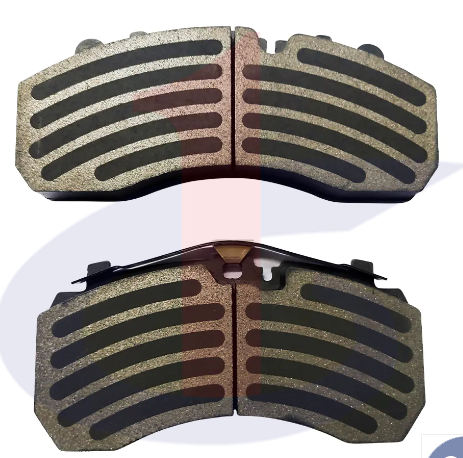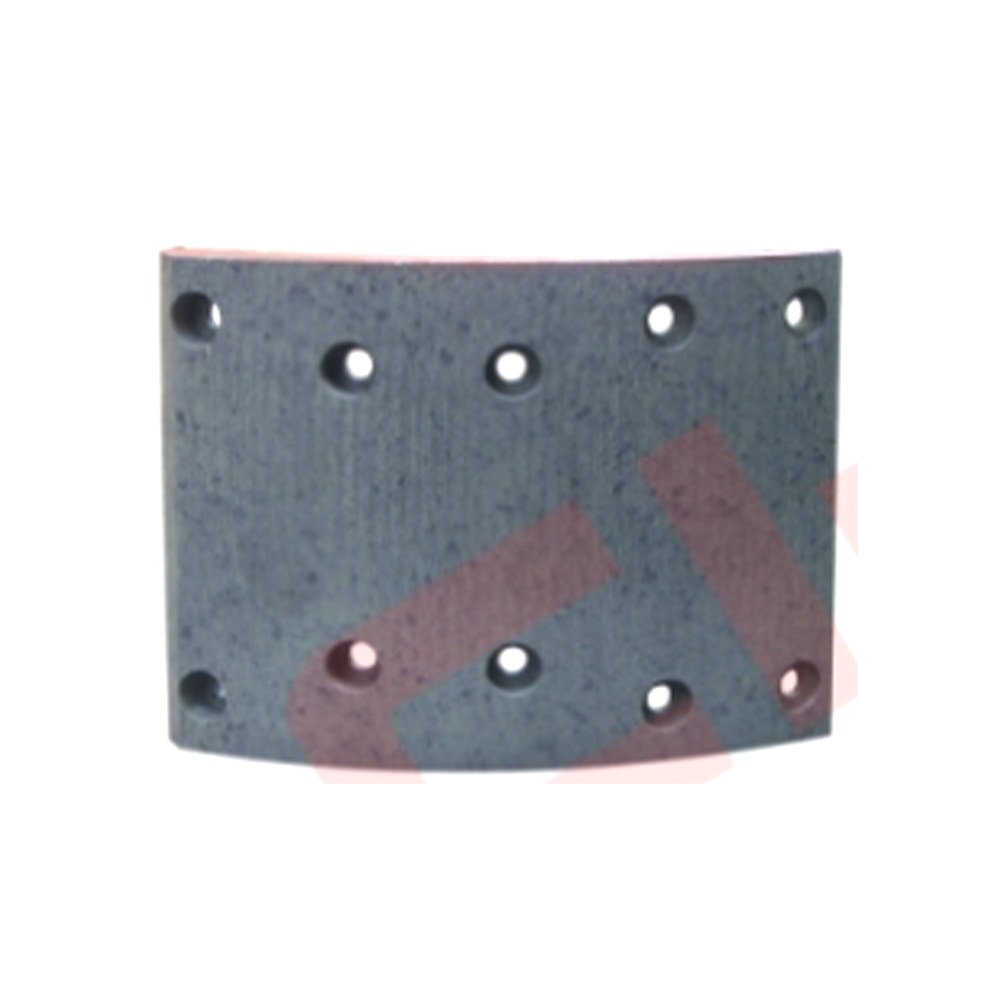What is the impact of RENAULT Brake Linings on vehicle safety and performance in terms of braking force?
The impact of Renault brake linings on vehicle safety and performance is closely tied to their ability to deliver effective braking force. Here's how brake linings influence braking force and, consequently, overall vehicle safety and performance:
The friction coefficient of brake linings determines how effectively they convert kinetic energy into thermal energy, which is essential for slowing down or stopping the vehicle. High-quality linings with an appropriate friction coefficient ensure that sufficient braking force is applied, enhancing overall braking efficiency.
Different materials (organic, semi-metallic, ceramic) offer varying friction characteristics. For example, ceramic linings typically provide consistent friction across a range of temperatures, while semi-metallic linings are known for their strong stopping power and durability.
Effective heat dissipation is crucial for maintaining consistent braking force. Brake linings that handle heat well prevent brake fade, where the braking force diminishes due to overheating. Good heat dissipation ensures that the linings remain effective under high-stress conditions, such as during heavy braking or prolonged use.Linings that perform well under a wide temperature range maintain effective braking force in various driving conditions, from city traffic to high-speed highway driving.
Brake linings should wear evenly to maintain consistent braking force throughout their lifespan. Uneven wear can lead to reduced braking performance and safety issues. High-quality linings are designed to ensure uniform wear, providing reliable braking force until they reach the end of their service life.Many brake linings come with wear indicators that alert the driver when the linings are reaching the end of their lifespan. This feature helps in maintaining effective braking force by prompting timely replacements.

The responsiveness of the brake pedal, which is influenced by the brake linings, affects how effectively braking force is applied. High-quality linings provide a firm and responsive pedal feel, allowing for better modulation of braking force. This responsiveness enhances the driver’s ability to control the vehicle and apply appropriate braking force based on the driving situation.Good linings offer consistent feedback to the driver, improving control and predictability during braking. This is crucial for maintaining vehicle stability and avoiding accidents.
The interaction between brake linings and rotors affects braking force. Linings that are compatible with the rotors ensure optimal contact and effective force transfer. Poor compatibility can lead to reduced braking efficiency and increased wear on both the linings and rotors.Properly designed linings ensure full surface contact with the rotors, enhancing the transfer of braking force and preventing issues like uneven braking or reduced stopping power.
The distribution of braking force between the front and rear axles is influenced by the brake linings. Linings that are well-matched to the vehicle’s braking system ensure balanced braking force distribution, which is critical for maintaining vehicle stability and avoiding skidding or wheel lock-up.Proper braking force distribution affects vehicle handling and cornering. Consistent braking force helps in maintaining control during turns and maneuvers, improving overall driving safety.
High-quality brake linings provide the necessary braking force to stop the vehicle efficiently, which is essential for avoiding collisions and responding to sudden stops.Reliable braking force enhances driver confidence, allowing for safer driving in various conditions. Knowing that the brakes will perform effectively under different circumstances contributes to overall road safety.
Renault brake linings significantly impact vehicle safety and performance through their ability to deliver effective braking force. Factors such as friction coefficient, heat dissipation, wear characteristics, braking response, compatibility with rotors, and braking force distribution all play crucial roles in ensuring that the braking system performs reliably. Properly maintained and high-quality brake linings contribute to effective stopping power, enhanced vehicle control, and overall driving safety.





 中文简体
中文简体 English
English














